India's Evolution of Urbanization: From the Indus Valley to Post-Independence Cities | (Sun 26 May 2024 05:30)
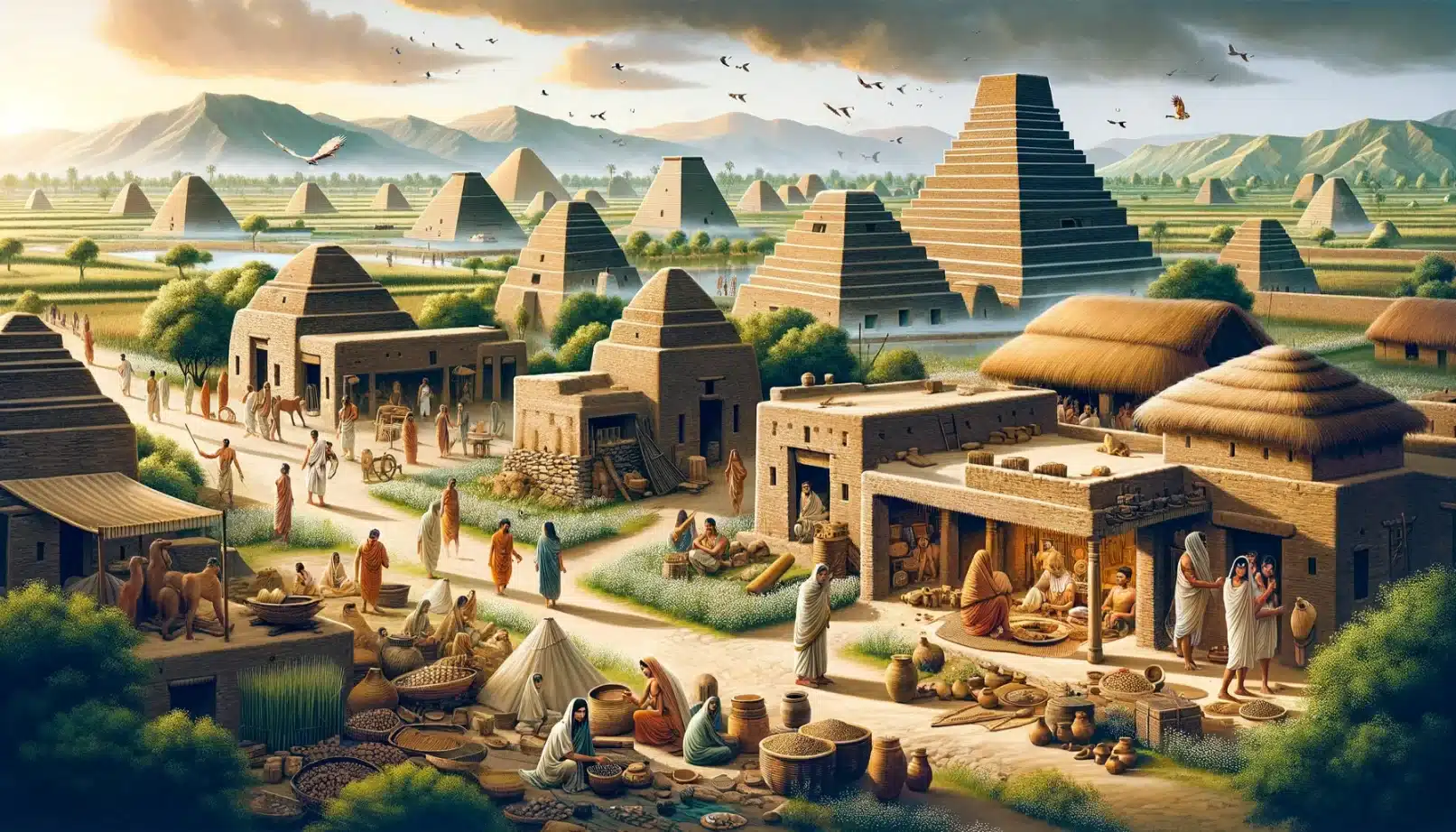
India’s Phases of Urbanization
India has experienced five major phases of urbanization, each marking a significant shift in societal, economic, and cultural development. These phases span from the ancient Indus Valley Civilization to the post-independence era of planned industrial cities.
1. Indus Valley Urbanization (First Urbanization)
Period: 2500–1900 BCE
Key Locations: Harappa, Mohenjodaro (Pakistan), Rakhigarhi (Haryana), Kalibangan (Rajasthan), Dholavira, Lothal (Gujarat)
Characteristics:
-
Grid Layout: Well-planned cities with wide, intersecting streets
-
Standardized Brick Construction: Buildings made from standardized bricks
-
Advanced Drainage & Water Systems: Sophisticated sewage systems and water supply
-
Granaries & Warehouses: Evidence of organized food storage and distribution
-
Trade Networks: Active maritime and overland trade
-
Cultural Achievements: Skilled in arts, pottery, seals, and jewelry
2. Mahajanapada Urbanization (Second Urbanization)
Period: 500 BCE
Key Locations: Taxila, Pataliputra, Rajagriha, Ujjain
Characteristics:
-
Fortified Cities: Cities like Pataliputra and Taxila were well-fortified
-
Cultural & Religious Diversity: Influenced by Aryan arrival, cities became hubs of diverse cultures and philosophies, including Buddhism and Jainism
-
Trade Networks: Cities along trade routes thrived, with merchant guilds and coinage emerging
-
Decline: Fall of trade routes and the Huna invasions led to the disintegration of these cities
3. Temple Urbanization (Third Urbanization)
Period: 7th–12th Century CE
Key Locations: Madurai, Kancheepuram, Thanjavur, Srirangam
Characteristics:
-
Temple-Centered: Temples were the heart of these cities, both spiritually and economically
-
Agricultural Economy: Post-5th Century, these cities saw a rise in agriculture, supported by temple endowments
-
Cultural Hubs: Temples were not only religious centers but also places of learning, art, and culture
-
Social Structure: A rigid caste system and Brahmin patronage became prominent
4. Muslim Metropolis (Fourth Urbanization)
Period: 12th–17th Century CE
Key Locations: Delhi, Agra, Fatehpur Sikri, Lahore
Characteristics:
-
Agricultural Economy with Feudal System: Most of the population was engaged in agriculture, with land distribution controlled by feudal lords
-
Cultural Flourishing: Delhi Sultanate and Mughal Empire saw the growth of vibrant cultural centers with contributions to poetry, music, and art
-
Markets & Bazaars: Bustling marketplaces played a central role in these cities
-
Religious Influence: The spread of Sufism and the construction of mosques, such as Jama Masjid, highlighted the religious landscape
5. Colonial and Postcolonial Cities (Fifth Urbanization)
Period: 17th Century–Post-Independence
Key Locations: Calcutta, Bombay, Madras (Colonial); Chandigarh, Bhubaneswar, Gandhinagar (Post-Independence)
Characteristics:
-
Colonial Urban Planning: Cities grew around European trading posts (British, Portuguese, Dutch, French)
-
Economic Growth: Colonial cities became centers of mercantile activity, with the rise of major economic capitals like Calcutta, Bombay, and Madras
-
Cultural Integration: The Indo-Saracenic architectural style emerged, blending Indian and European elements
-
Industrialization: Post-independence saw the rise of industrial cities like Bhilai, Jamshedpur, and Rourkela
Post-Independence Urbanization
Planned Cities: Following independence, new capital cities were built, such as Chandigarh (designed by Le Corbusier) and Bhubaneswar
Industrial Growth: Industrial cities and urban centers developed as part of India’s Five-Year Plans
The Conclusion
India's urbanization journey reflects the evolution of its society from the early, sophisticated urban centers of the Indus Valley to the modern planned cities that shape its economic landscape today. Each phase of urbanization has left a lasting impact on India’s social, cultural, and economic structures, setting the stage for the ongoing growth of its cities in the 21st century.

Physics, Chemistry, Biology and Geography.

Computer Programming, languages & their frameworks.
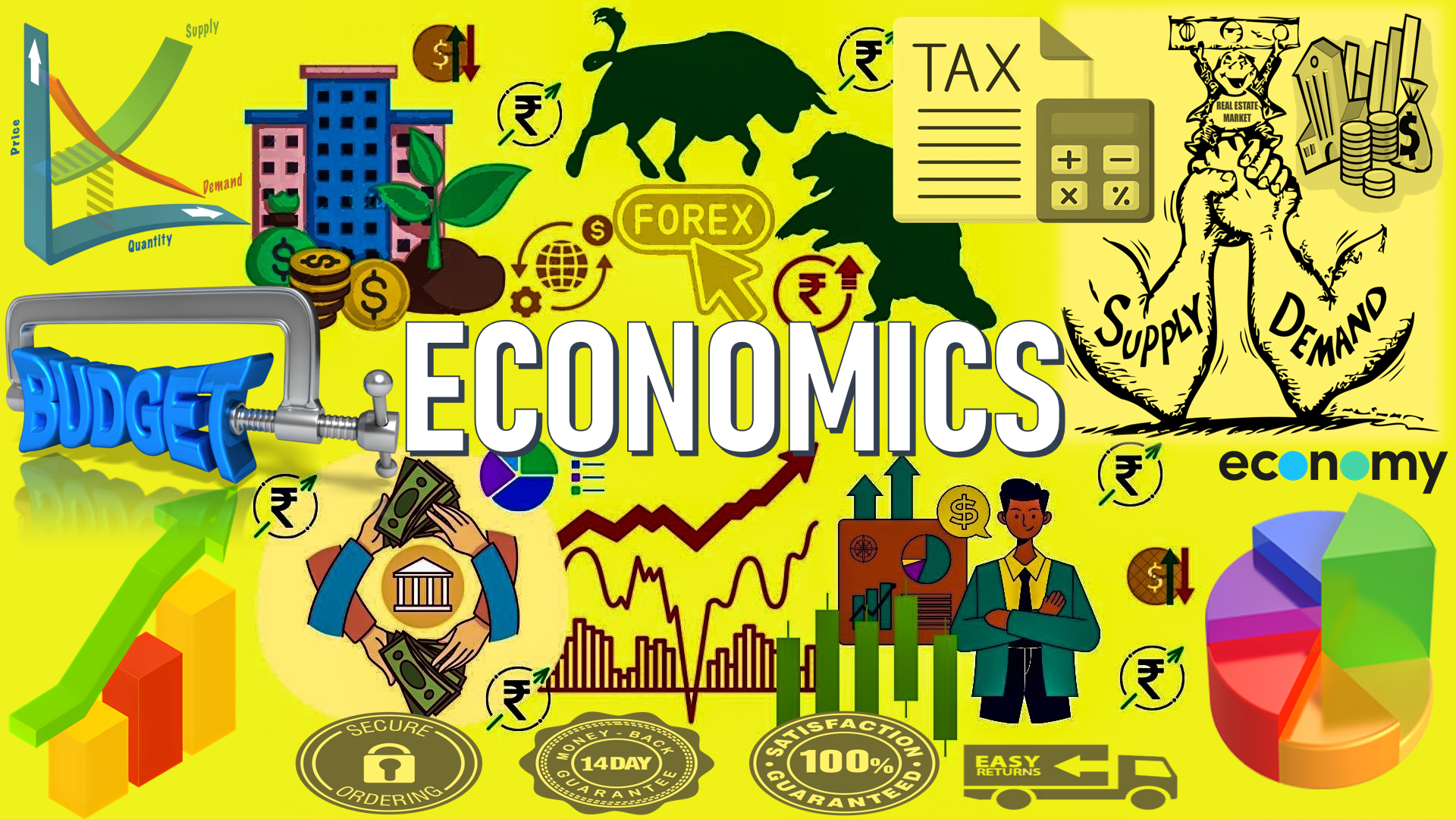
Economics, Accounts and Management.

Reviewing old and new books.

Ancient, Medieval, Modern, World History.
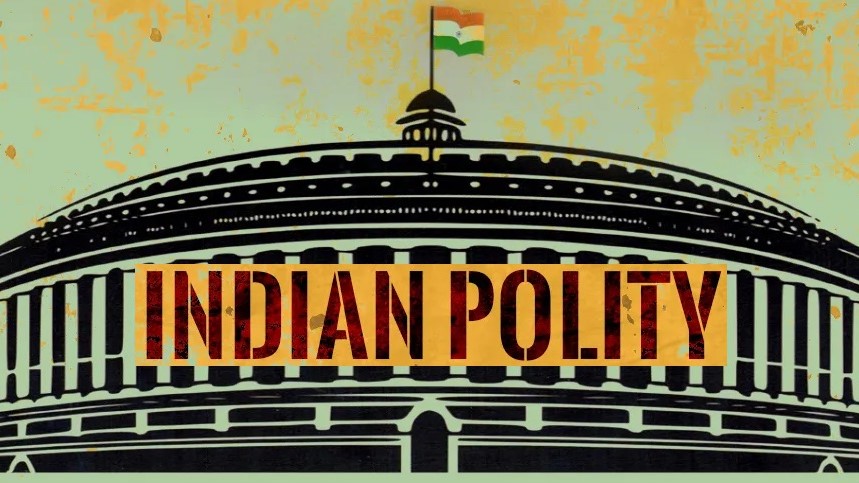
Indian Constitution, Politics, Policies, etc.

Everything related to International Affairs.

For all humanities topics, except History & Polity.

Anything related to entertainment industry.
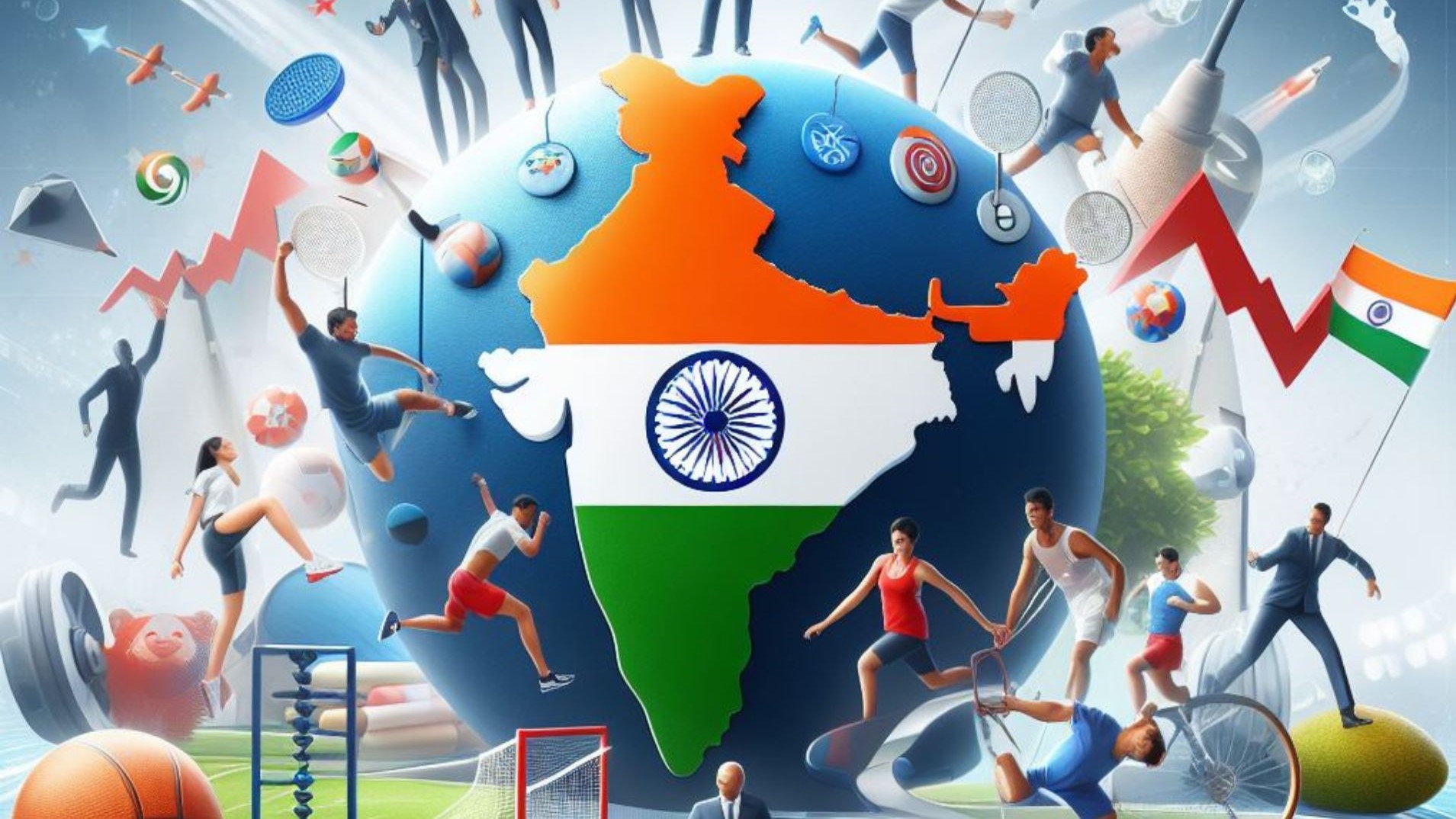
Mainly Cricket but other sports too.
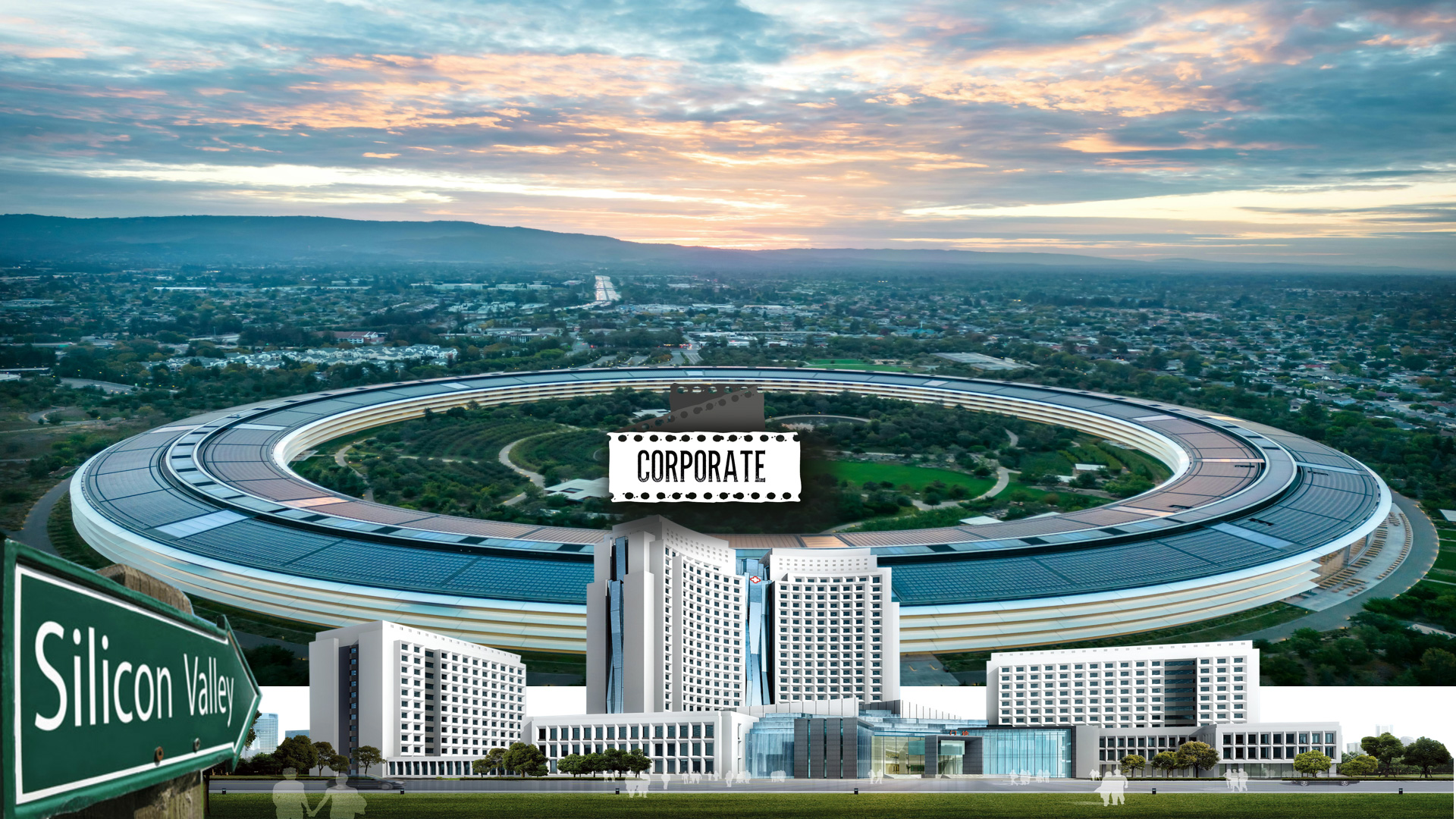
CS, IT, Services & Corporate Sector.
Comments
No comments yet. Be the first to comment!
Leave a Comment